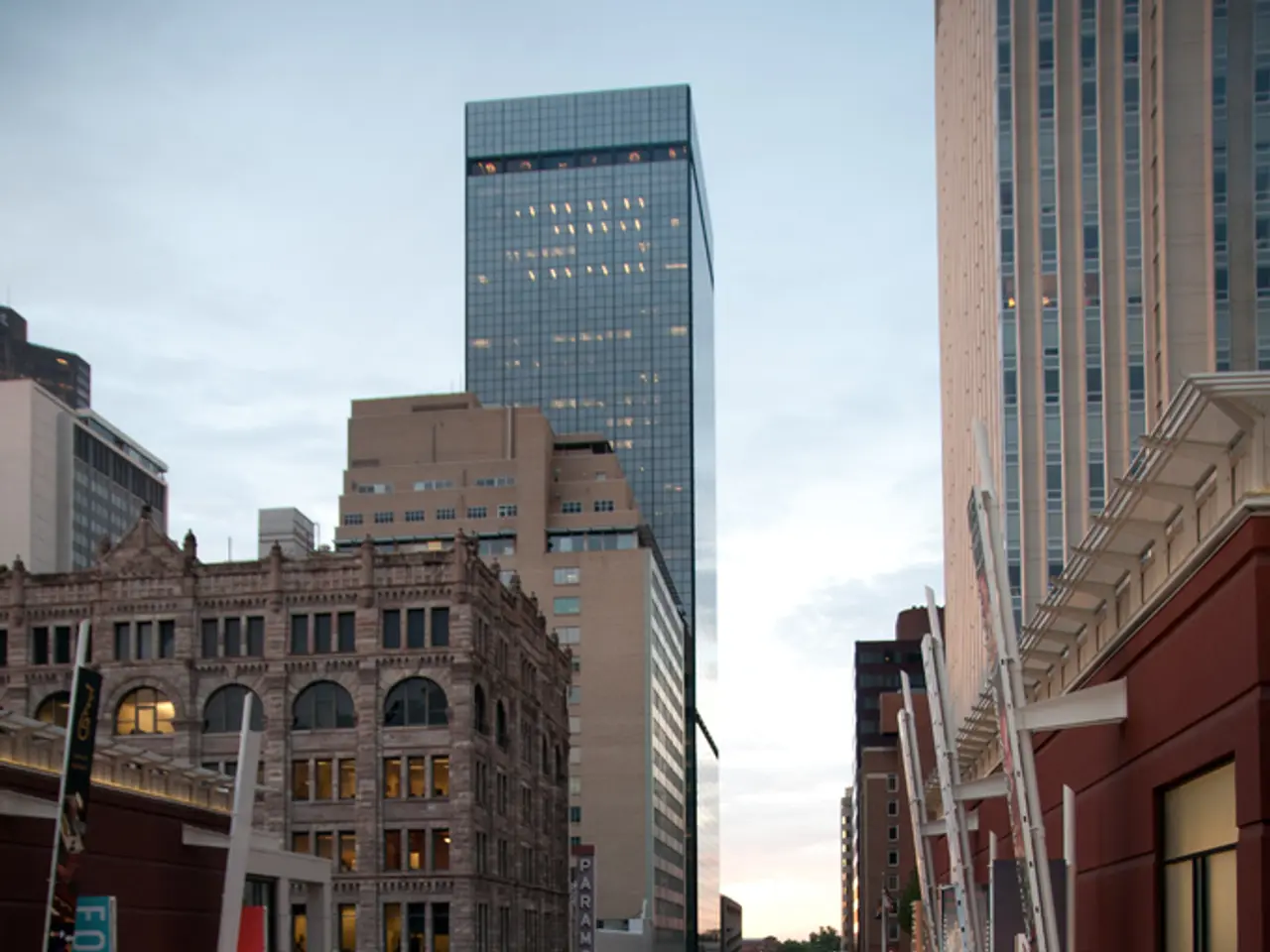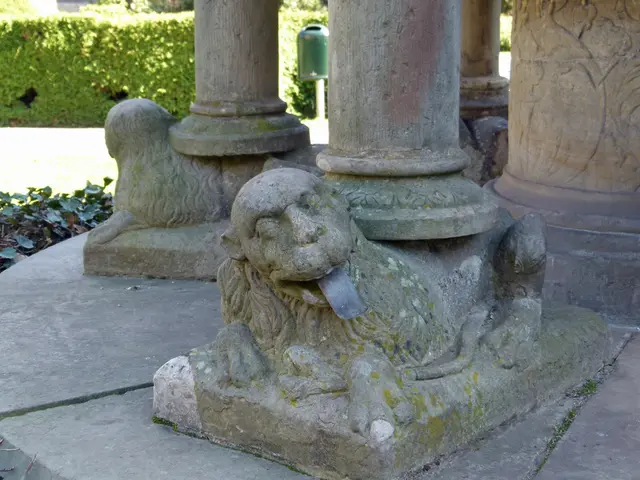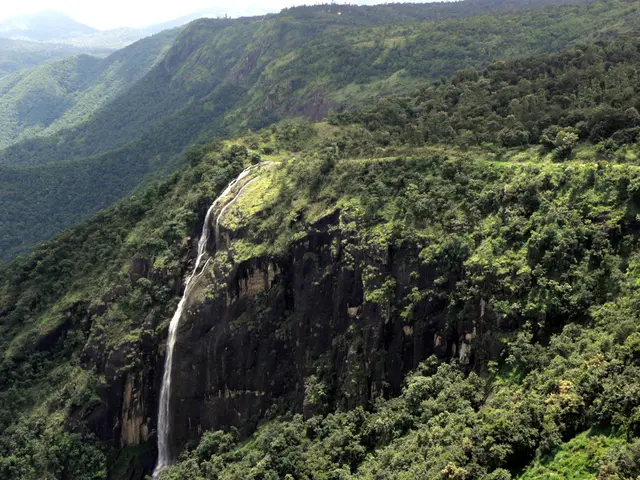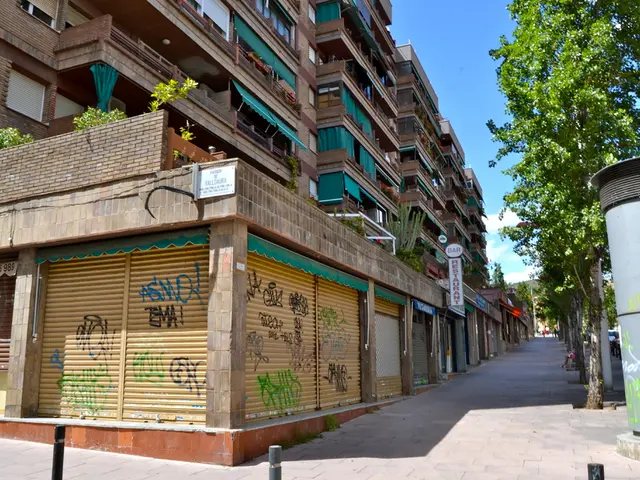World's Leading Cities with a Focus on Design
In the ever-evolving world of design, five cities stand out as beacons of urban innovation: Paris, Tokyo, Copenhagen, Barcelona, and Melbourne. Each city boasts unique design features and characteristics that set them apart, offering a diverse blend of architecture, planning, sustainability, and cultural identity.
Paris: The City of Light and Sustainability
Known as the City of Light, Paris is renowned for its historic signature architecture, carefully preserved alongside modern infrastructure improvements for sustainability and accessibility. The French capital has embraced green urban design, with expanded cycle lanes and a plan to plant 170,000 trees by 2026. Paris is also pioneering the 15-minute city concept, aiming to create walkable and mixed-use neighbourhoods that reduce car dependency and promote local living.
Tokyo: A Symphony of Tradition and Innovation
Tokyo, Japan's capital, combines tradition and innovation, offering modern skyscrapers in Shinjuku and peaceful gardens in Kyoto. The city's design fosters connectivity with a blend of high-tech modern buildings and traditional aesthetics. Tokyo's urban design is characterised by dense, highly efficient urban fabric, innovative small-space architectural design, and a strong emphasis on disaster-resilient construction and flexible public spaces.
Copenhagen: The Epitome of Scandinavian Design
Copenhagen is a prime example of Scandinavian design, characterized by clean edges and minimalism. The city excels in cycling infrastructure and sustainability, with extensive pedestrian zones and prioritization of green spaces leading to high liveability. Copenhagen's urban form is compact, promoting social interaction and accessibility, while integrating functional modernist architecture with historic elements.
Barcelona: A Blend of History and Modernism
Barcelona's unique design is marked by its distinctive grid pattern, designed by Ildefons Cerdà, which improves light, ventilation, and mobility. The city is also known for its blend of Gothic and Modernisme architectural styles, most famously represented by Antoni Gaudí's works. Barcelona's urban design prioritizes pedestrian-friendly streets with priority given to public spaces and social interaction zones.
Melbourne: A Vibrant Mix of Heritage and Innovation
Melbourne, Australia, is known for its diverse design, featuring a mix of street art culture, unique architecture in laneways, and vibrant neighbourhoods like Fitzroy and Collingwood. The city offers a lively food scene and numerous activities, making it a city with many things to do. Melbourne's design thrives on blending heritage with vibrant public spaces and transit connectivity, creating a distinctive urban texture and cultural atmosphere.
These cities share a focus on walkability, mixed-use development, preservation of historic character, and a strong integration of green infrastructure and sustainable transport—all critical elements of contemporary urban design that prioritize liveability and cultural vitality.
While Paris notably champions the 15-minute city model and climate-conscious green planning, Copenhagen excels in cycling infrastructure and sustainability; Barcelona’s grid and superblock design revolutionize urban social space; Tokyo balances advanced density with flexibility and cultural layering; Melbourne's design thrives on blending heritage with vibrant public spaces and transit connectivity.
This combination of historic preservation, innovative infrastructure, sustainable design, and human-centered urban experiences sets these five cities apart as the best design-focused urban models globally.
[1] The 15-Minute City: Paris' New Urban Plan [2] The 15-Minute City: A New Urban Model for Paris
- Paris' new urban plan, known as the 15-Minute City, focuses on creating walkable and mixed-use neighborhoods for local living, following the trend of home-and-garden design that promotes sustainability, accessibility, and a balance between historic architecture and modern infrastructure.
- As a Design-focused city, Melbourne showcases an unique blend of heritage and innovation, similar to home-and-garden design variations that incorporate vibrant street art culture, unique architecture, and lively public spaces, all connected by a comprehensive transit system, much like travel Itineraries that seamlessly blend tradition and modernity.




